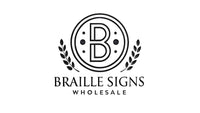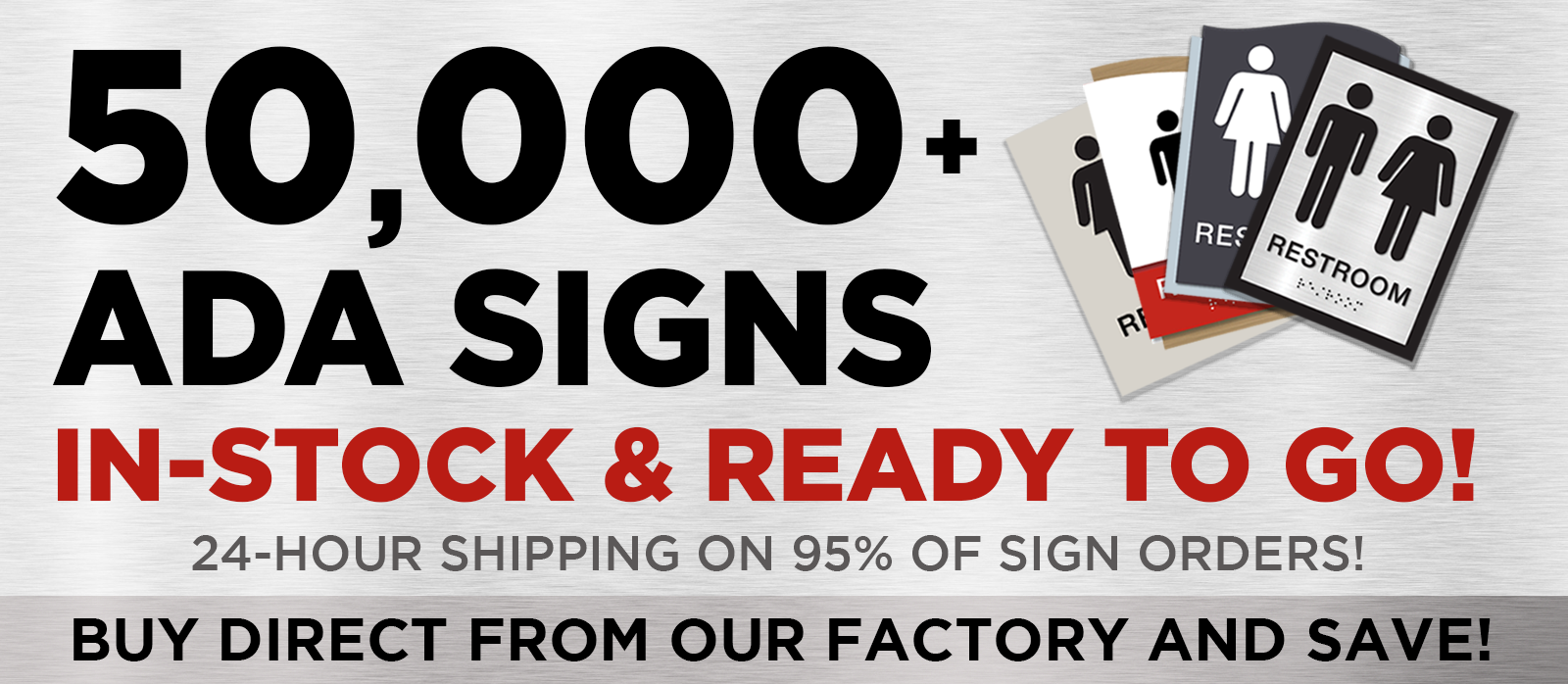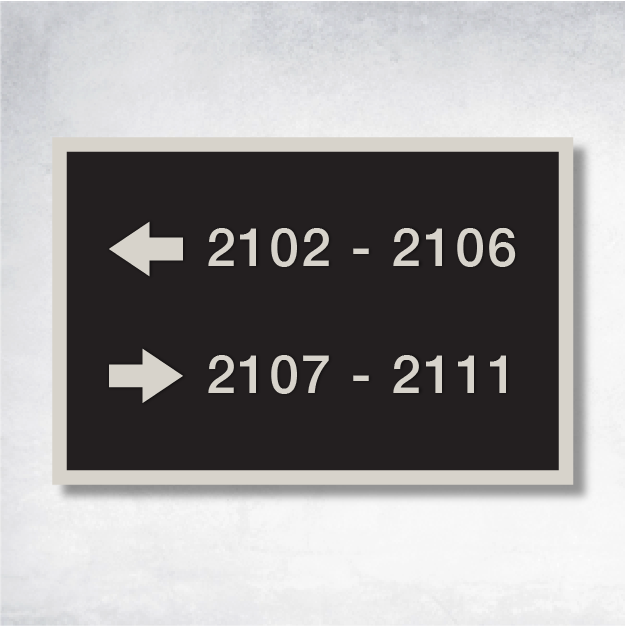Navigating Complex Spaces with Ease: The Art of Directional and Wayfinding Signs
Imagine stepping into a sprawling hospital, a vast university campus, or a bustling corporate headquarters. The sheer size and complexity can be overwhelming. This is where the unsung heroes of navigation—directional signs and wayfinding signage—come into play. These silent guides are indispensable for enhancing accessibility, reducing stress, and ensuring timely arrivals. They not only improve user experience but also promote safety and compliance with accessibility standards like the ADA.
The Silent Guides: Enhancing Visitor Experience
Directional and wayfinding signs are more than just markers; they are ambassadors of a facility's commitment to visitor convenience and accessibility. In critical environments like hospitals, where every second counts, these signs ensure that individuals can find their way with ease, enhancing overall safety and efficiency. They paint a picture of a facility that cares about its visitors, making a lasting positive impression.
A Comprehensive Guide: SAQs and Checklists
This article serves as your ultimate guide to ADA-compliant directional signs, presented through a series of SAQs (Should Ask Questions) and a detailed checklist. By diving into the essentials of directional signage, facilities can meet legal standards while effectively addressing user needs. This guide is your roadmap to implementing signage solutions that are both practical and compliant.
SAQs: Your Burning Questions Answered
- Key Destinations to Include: Think of directional signs as your facility's GPS. They should highlight essential locations like entrances, exits, restrooms, and emergency facilities. Identifying these key destinations ensures visitors can navigate efficiently without unnecessary detours.
- Optimal Size for Arrows and Text: Visibility is key. For corridor signs, a size of 18″×12″ is recommended, ensuring they are easily visible from a distance. This size adheres to ADA guidelines, enhancing readability and accessibility.
- Incorporating Icons with Text: A picture is worth a thousand words. Including icons alongside text can significantly boost the comprehensibility of signage. Icons provide universal visual cues, making navigation easier for all users, including those with language barriers.
- Strategic Placement of Wayfinding Signs: Location, location, location. Effective wayfinding signage requires strategic placement at key decision points throughout the facility. A common rule is to have one sign per 1,000 ft of thoroughfare frontage, ensuring comprehensive coverage.
Your Actionable Checklist for Effective Signage
- Mapping Facility Routes and Decision Points: Begin by charting key routes and decision points within your facility. This mapping will guide the placement of directional signs, ensuring they are positioned where they are most needed.
- Choosing Appropriate Sign Sizes: Select sign sizes that suit the environment. For corridors, 18″×12″ signs are recommended to ensure visibility and compliance with ADA standards.
- Incorporating Tactile Arrows and Raised Characters: Tactile features are essential for ADA compliance, aiding visually impaired individuals. Ensure your signs include tactile arrows and raised characters to enhance accessibility.
- Ensuring Contrast and Non-Glare Finish: High contrast and non-glare finishes are crucial for readability under various lighting conditions. This ensures that signs can be read easily by all individuals, regardless of the lighting environment.
- Planning Consistent Mounting Height and Placement: Maintain uniformity in the mounting height and placement of signs throughout the facility. Consistency aids in navigation and ensures that signs are accessible to all users.
Avoiding Common Pitfalls
- Avoiding Ceiling-High Placements: Placing signs too high can hinder visibility and accessibility. Ensure signs are mounted at eye level to enhance readability.
- Steering Clear of Glossy Materials: Glossy materials can cause glare, making signs difficult to read. Opt for matte finishes to improve visibility and readability.
Resources to Guide Your Implementation
- Product Recommendations: Consider products like the Gamma Directional A 18″×12″ sign, designed for high-traffic areas and ADA compliance. These signs are customizable and feature non-glare finishes, making them ideal for enhancing navigation.
- Wayfinding Planning Worksheet: Utilize our downloadable wayfinding planning worksheet to assist in the strategic planning and implementation of your signage.
- Internal Links for Further Guidance: For more detailed information on navigational necessities, visit our Navigational Necessities Signs page, which provides insights into ADA-compliant signage solutions.
Embracing Accessibility and Compliance
In the grand tapestry of facility management, effective directional and wayfinding signage is a thread that weaves together navigation and accessibility. By following this SAQ and checklist, you can ensure that your signage meets both user needs and legal standards, ultimately improving the overall experience for visitors. Embrace these strategies to transform your facility into a more accessible and user-friendly environment.
For more insights, check out Piros Signs and Access-Board.gov for additional resources on directional and wayfinding signs.









